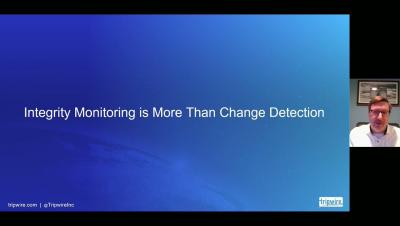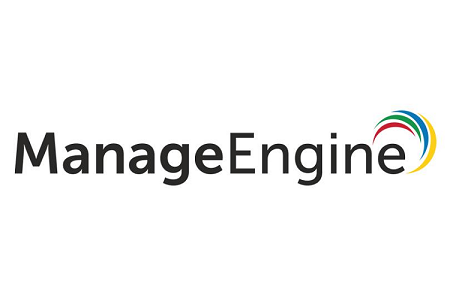Integrity: A Key Facet of Zero Trust
On May 12, The White House published its Executive Order (EO) on Improving the Nation’s Cybersecurity. The directive outlined a set of focus areas intended to improve cybersecurity for the federal government and critical infrastructure sectors including information sharing, supply chain security, endpoint detection and response, and cloud security.








